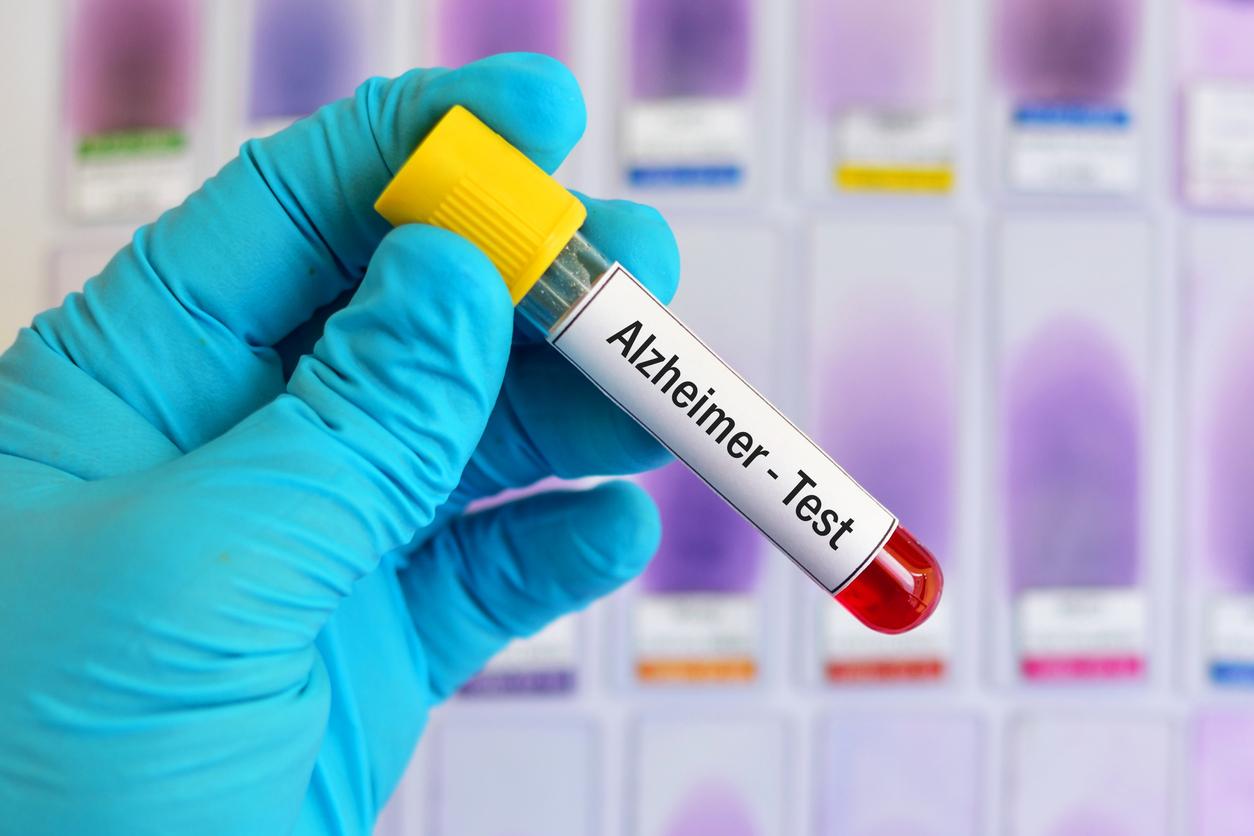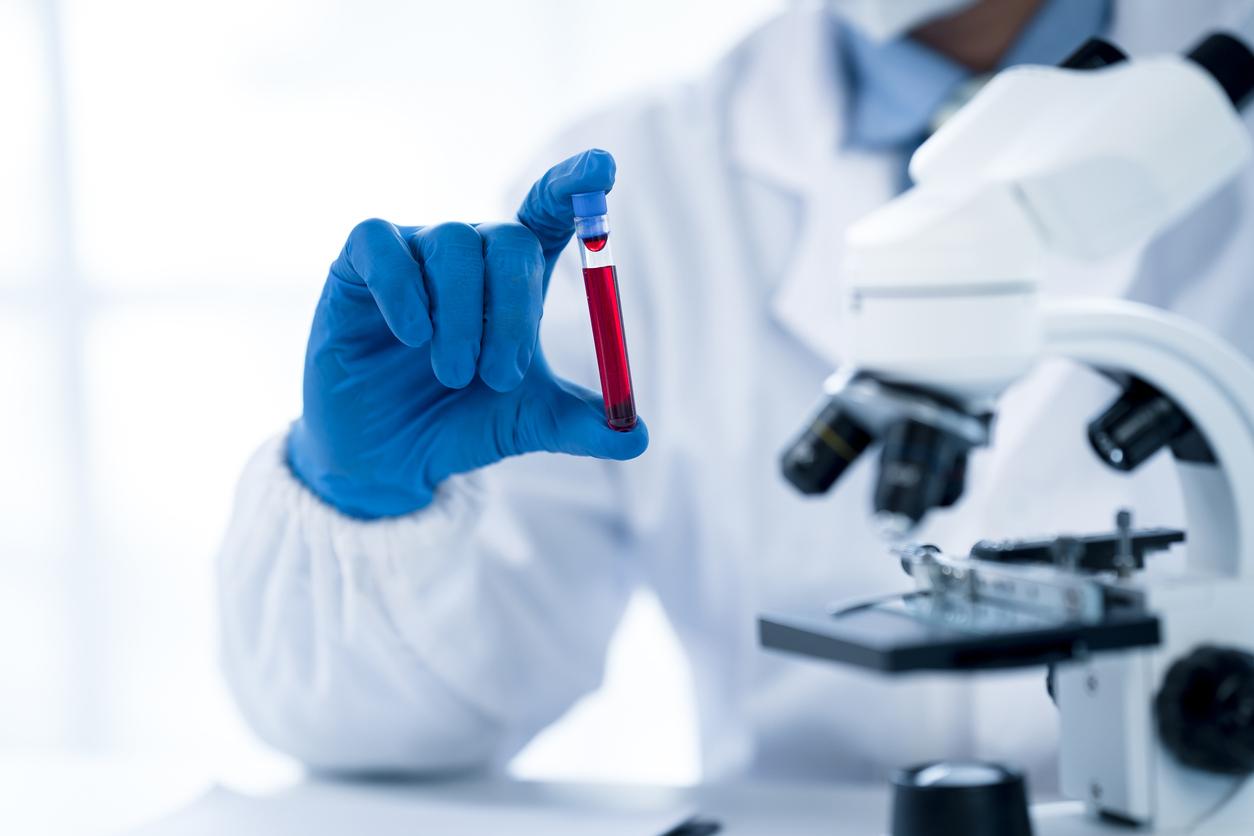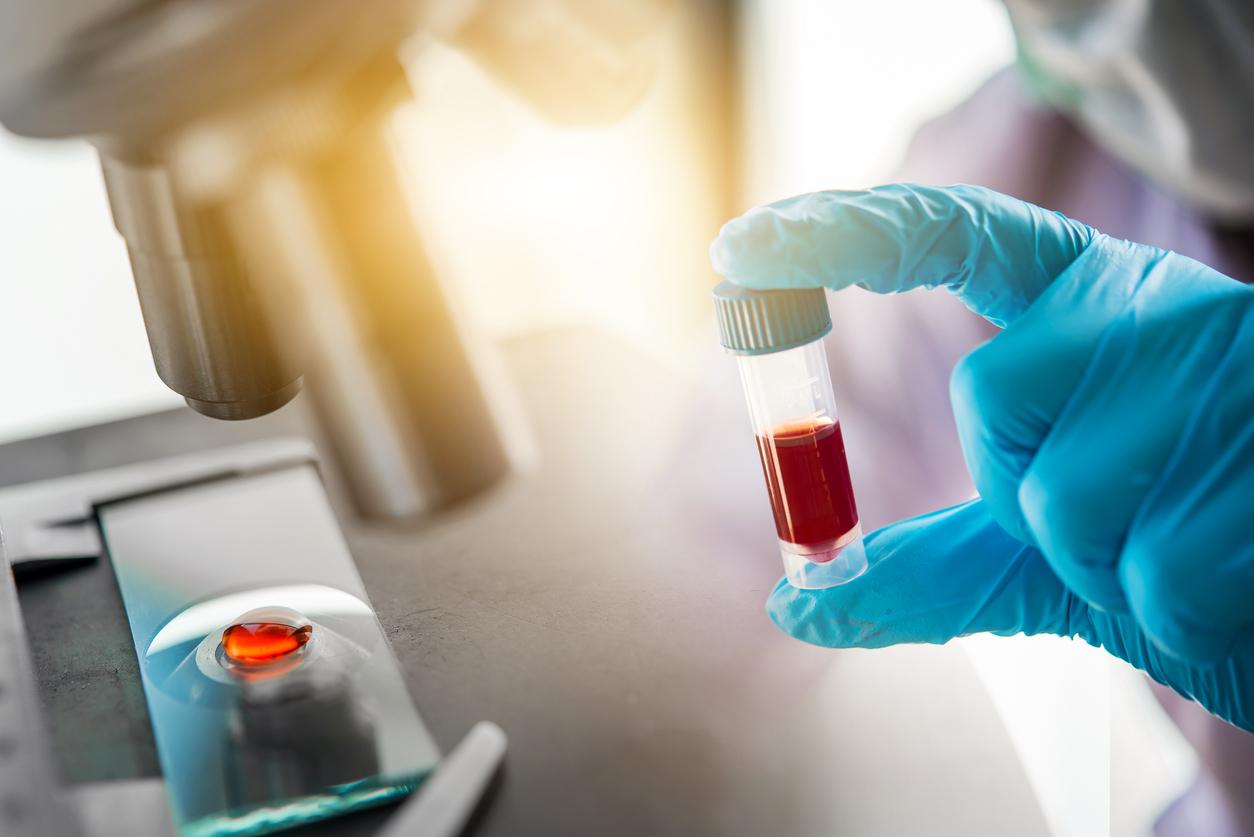Better identifying the onset of psychosis is fundamental in order to put in place strategies to prevent the progression of the disease.

The first signs of psychotic disorders, such as schizophrenia, usually affect young adults under the age of 30, an age at which the onset of the disease can have major consequences for the future. Even before the first symptoms of delirium, or paranoia, characteristic of a true psychotic episode, certain specific signs such as isolation, aggressiveness, different perception of the environment, or fixed ideas can alert.
Epigenetics involved
To better understand what happens between the assessment of certain high-risk symptoms and the development of the disease, a research team from the University of Paris Descartes, Inserm and the Center Hospitalier Sainte-Anne, under the direction of by Professor Marie-Odile Krebs, studied the genetic characteristics at the time of the emergence of a psychotic episode in a group of young people at risk aged 15 to 25 years.
Look for an early biomarker of the disease
Although there are a few assessment tools for identifying an “at-risk mental state”, only a third of these at-risk patients will develop a psychotic disorder within three years. To study the entry into psychosis, the team of researchers therefore compared the profile of individuals in whom a psychotic episode occurs and those who do not trigger the disease.
Epigenetic modifications
The team thus demonstrated “epigenetic” modifications, ie concerning the way in which genes are expressed depending on the environment, which compromise the response systems to oxidative stress and to inflammation, disrupting the delicate balance of dopamine in the brain. This inflammation can be easily detected by blood samples.
Towards increasingly early detection tests
This new insight makes it possible to better understand the biological mechanism of the onset of psychosis and opens the way to the development of increasingly early detection tests and to monitoring the progression of the disease in these populations at risk.
Kebir O et al. Methylomic changes during conversion to psychosis. Mol Psychiatry. 2017 Apr; 22 (4): 512-518.
.















